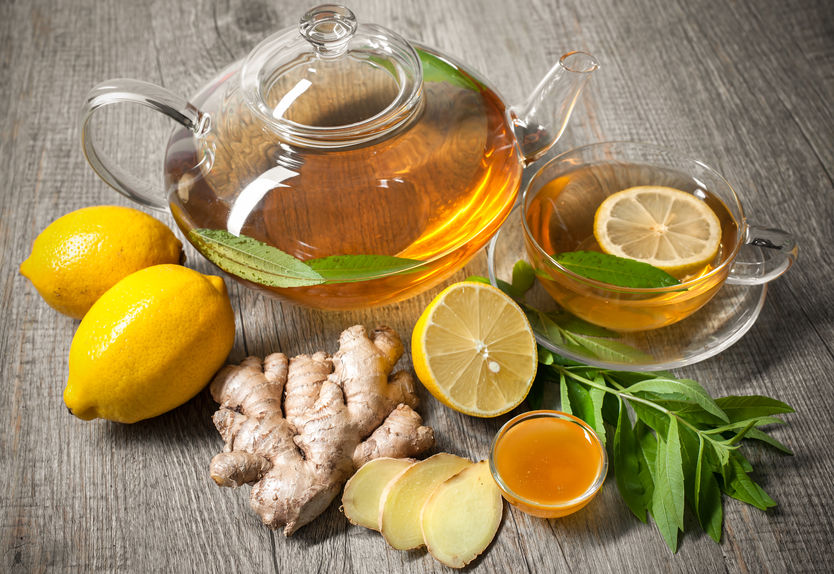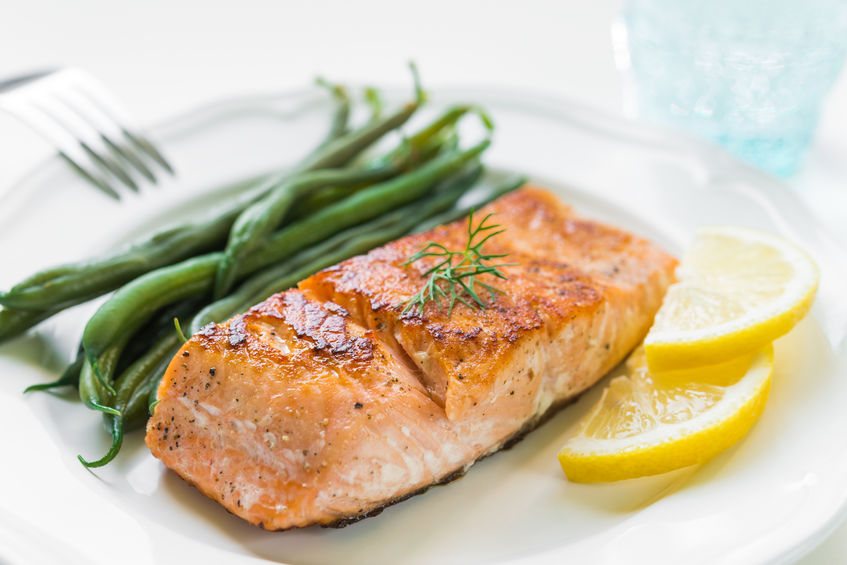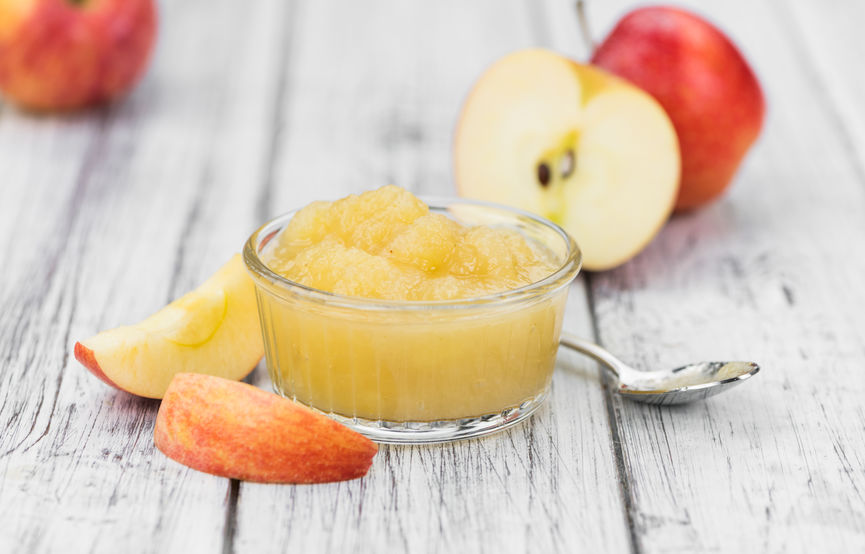Reducing the effects of stress on your body requires more than just taking a break from the situations that stress you. Relaxation in the body is what will take your nervous system out of the stress response.
There are many ways to achieve relaxation. This post focuses on using mindfulness and meditation for calming your body and mind so that you can turn off the stress response in your nervous system.
If you’re looking for more ways to manage stress naturally, join the Simple Stress Reduction Facebook group.
Well…yes, they do really work. The fact is, science shows definite health benefits for people who use mindfulness and meditation.
Before we dive in, let’s just make sure we’re on the same page when we say “mindfulness” and “meditation.”
“Meditation” is the ancient practice of connecting the body and mind to become more self-aware and present. It’s often used to calm the mind, ease stress, and relax the body.
Practicing “mindfulness” is one of the most popular ways to meditate. It’s defined as “paying attention in a particular way, on purpose, in the present moment, non-judgmentally.”
Mindfulness meditation is well studied in terms of its health benefits. I’m going to talk about a few of them below, and refer to it as “mindfulness” for the rest of the post.
The link between mindfulness and health = stress reduction
Have you heard the staggering statistics on how many doctors’ visits are due to stress? Seventy-five to ninety percent!
So, if you ask me, it makes a ton of sense that anything that can reduce stress can reduce health issues too.
Mindfulness reduces inflammation, reduces levels of the stress hormone cortisol, and improves sleep. All of these can have massive effects on your physical and mental health.
I’ll briefly go over the research in three main areas: mood, weight, and gut health. But know that the research on the health benefits of mindfulness is branching into many other exciting new areas too.
Mindfulness for mood
The most immediate health benefit of mindfulness is improved mood.
In one study, people who took an 8-week mindfulness program had greater improvement in symptoms according to the “Hamilton Anxiety Scale.” They were compared with people who took a stress management program that did not include mindfulness. It seems that the mindfulness training was key to lowering symptoms.
Other studies show that mindfulness has similar effects as antidepressant medications for some people with mild to moderate symptoms of depression.
While mindfulness isn’t a full-fledged cure, it can certainly help to improve moods.
Mindfulness for weight
Studies show that people who use mind-body practices, including mindfulness, have lower BMIs (Body Mass Indices).
How can this be?
One way mindfulness is linked with lower weight is due to stress-reduction. Mindfulness can reduce stress-related and emotional overeating. It can also help reduce cravings and binge eating.
Another way it can work for weight is due to “mindful eating.” Mindful eating is a “non-judgmental awareness of physical and emotional sensations associated with eating.” It’s the practice of being more aware of food and the eating process. It’s listening more deeply to how hungry and full you actually are. It’s not allowing yourself to be distracted with other things while you’re eating, like what’s on TV or your smartphone (try that one out and let me know how you do!)
People with higher mindfulness scores also reported smaller serving sizes of energy-dense foods. So it seems that more mindful eating = less junk.
Mindfulness about food and eating can have some great benefits for your weight.
Mindfulness for gut health
Recent studies show a link between stress, stress hormones, and changes in gut microbes (your friendly bacteria and other critters that help your digestion). In theory, mindfulness-based stress reduction could be a way to help prevent negative changes in the gut’s microbes.
Also, irritable bowel syndrome (IBS) seems to be linked with both stress and problems with gut microbes. In one study, people with IBS who received mindfulness training showed greater reductions in IBS symptoms than the group who received standard medical care.
The research here is just starting to show us the important link between stress, gut health, and how mindfulness can help.
Conclusion
Science is confirming some amazing health benefits of the ancient practice of mindfulness meditation. For moods, weight, gut health, and more.
Do you regularly include it in your life? If so, have you seen benefits? If not, would you consider trying it?
Let me know in the comments below.
Recipe (Relaxing Teas): Relaxing Herbal Teas

There are many relaxing herbal teas that would be great after meditation.
Try any of these by steeping in boiling water:
- Green tea (has a bit of caffeine, or you can choose decaffeinated green tea)
- White tea (also has a bit of caffeine, or you can choose decaffeinated white tea)
- Rooibos tea (a red tea that’s high in antioxidants and vitamin C)
- Peppermint tea (or steep fresh peppermint leaves)
- Ginger tea (or steep slices of real ginger)
Serve & enjoy!
Tip: You can add a touch of honey if desired.
BONUS Guided Meditation “Recipes” (videos, apps & podcasts)
References:
https://en.wikipedia.org/wiki/Meditation
https://www.dietvsdisease.org/benefits-mindfulness-meditation/
https://nccih.nih.gov/health/meditation/overview.htm
https://authoritynutrition.com/mindful-eating-guide/
https://www.ncbi.nlm.nih.gov/pmc/articles/PMC3341916/
https://www.ncbi.nlm.nih.gov/pmc/articles/PMC4454654/









